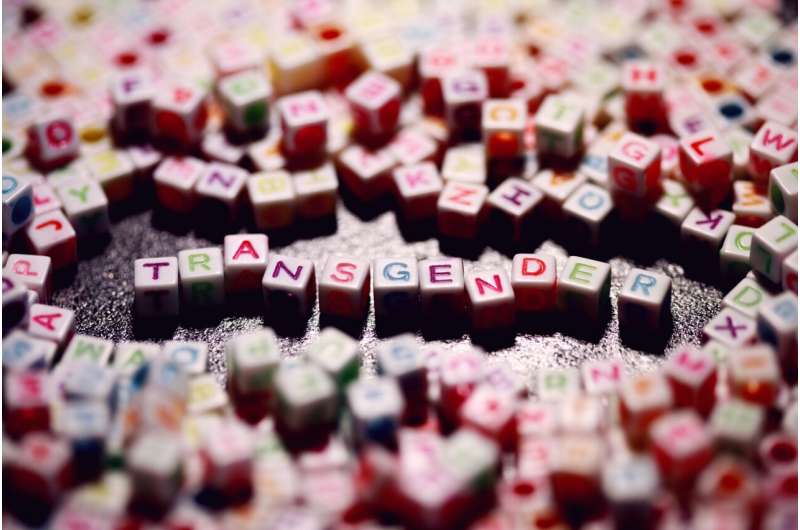This article has been reviewed according to Science X's editorial process and policies. Editors have highlighted the following attributes while ensuring the content's credibility:
fact-checked
peer-reviewed publication
trusted source
proofread
Researchers find testosterone hormone therapy for transmasculine individuals is safer than previously thought

A common concern about gender-affirming hormone therapy for transmasculine people is the risk of red blood cell volume changes and erythrocytosis, a high concentration of red blood cells, with the use of prescribed testosterone. However, Mount Sinai researchers have found that testosterone treatment may be safer than previously reported, with results published in The Journal of Clinical Endocrinology and Metabolism.
Mount Sinai researchers from the Division of Endocrinology and Center for Transgender Medicine and Surgery examined the relationship between the use of testosterone as part of gender-affirming hormone therapy (GAHT) for transmasculine individuals and changes in hematocrit, a test that measures how much of a person's blood is made up of red blood cells. The study of a large North American cohort is the largest on this subject to date.
"A major concern of patients, providers, and parents is the safety of hormone therapy for transgender and gender-diverse people. The findings from this study represent very important reassurance regarding the safety of testosterone as masculinizing treatment," said Joshua Safer, MD, FACP, FACE, Executive Director of the Mount Sinai Center for Transgender Medicine and Surgery, Professor of Medicine at the Icahn School of Medicine at Mount Sinai, and senior author of the report.
"Providers should feel more comfortable prescribing testosterone when it is indicated. Patients and the families of patients should feel reassured regarding at least this one source of anxiety about treatment."
The researchers conducted a cross-sectional analysis of serum-based testosterone and hematocrit levels in 6,670 transmasculine patients who were prescribed testosterone for GAHT through Plume, a virtual provider of gender-affirming care across 45 states. Patients were included if they had an active prescription from Plume for a testosterone product as part of their GAHT regimen, and recent hematocrit and testosterone laboratory values available for analysis.
The total testosterone was measured using liquid chromatography-mass spectrometry, and hematocrit was calculated as part of a complete blood count. The hematocrit and testosterone laboratory values were collected as part of the same blood sample, typically mid-week after a weekly injection, for all patients using injectable forms of testosterone.
Researchers found that higher testosterone levels were associated with higher hematocrit levels; however, the magnitude of change in hematocrit was small and unlikely to be clinically meaningful. Only 8.4% of transmasculine individuals in the study had a hematocrit greater than 50%, and less than 1% had a hematocrit greater than 54%, the level at which treatment for erythrocytosis is recommended, often through the use of phlebotomy (bloodletting).
These numbers are lower than those previously reported in smaller studies, and the finding of such a small degree of change in hematocrit and a lower risk of erythrocytosis should provide more assurance to those prescribing and using testosterone as GAHT.
"Our study found that the numbers of patients on testosterone therapy with abnormal red blood cell elevations were lower than previously reported in smaller studies. It's noteworthy that in the largest North American cohort reported to date, less than 1% of transmasculine individuals had a hematocrit level where medical interventions might be required. These results should help providers feel more comfortable prescribing testosterone as part of GAHT," said the first and corresponding author, Nithya Krishnamurthy, a second-year medical student at Icahn Mount Sinai.
"This work suggests a need to assess the influence of other factors that can lead to secondary erythrocytosis; such as being overweight, smoking tobacco, or using alcohol."
More information: Nithya Krishnamurthy et al, Erythrocytosis is rare with exogenous testosterone in gender-affirming hormone therapy, The Journal of Clinical Endocrinology and Metabolism (2023).



















